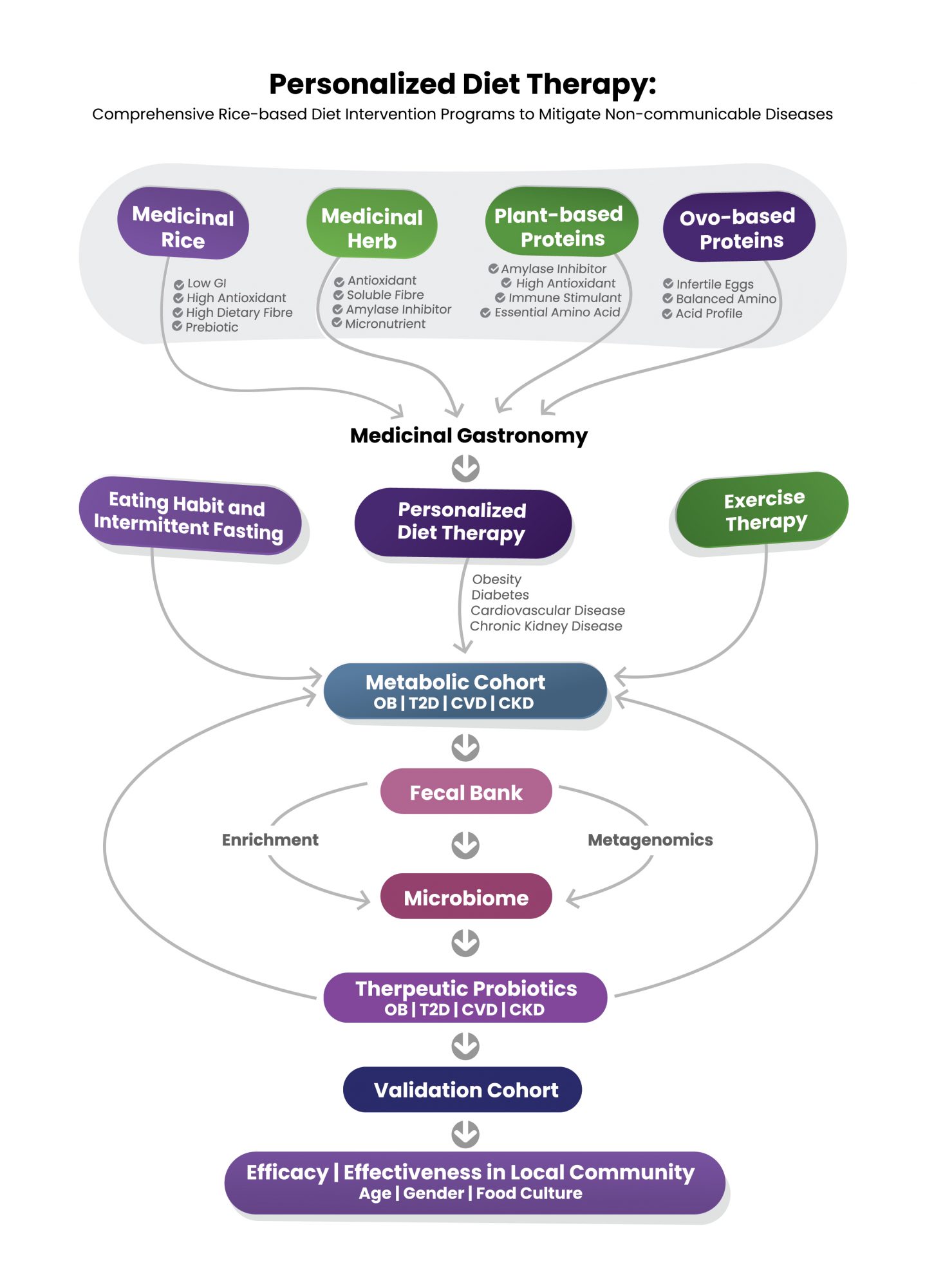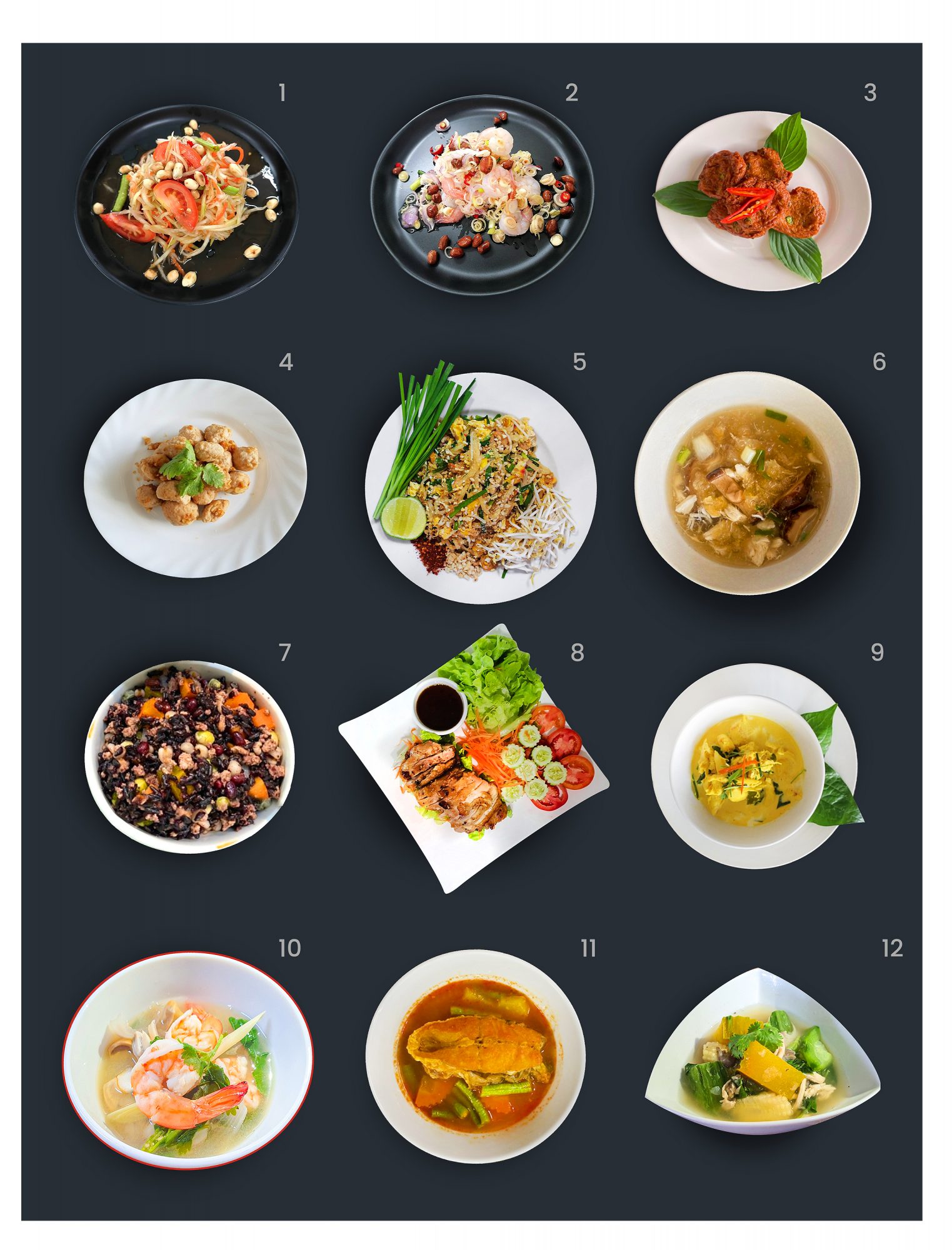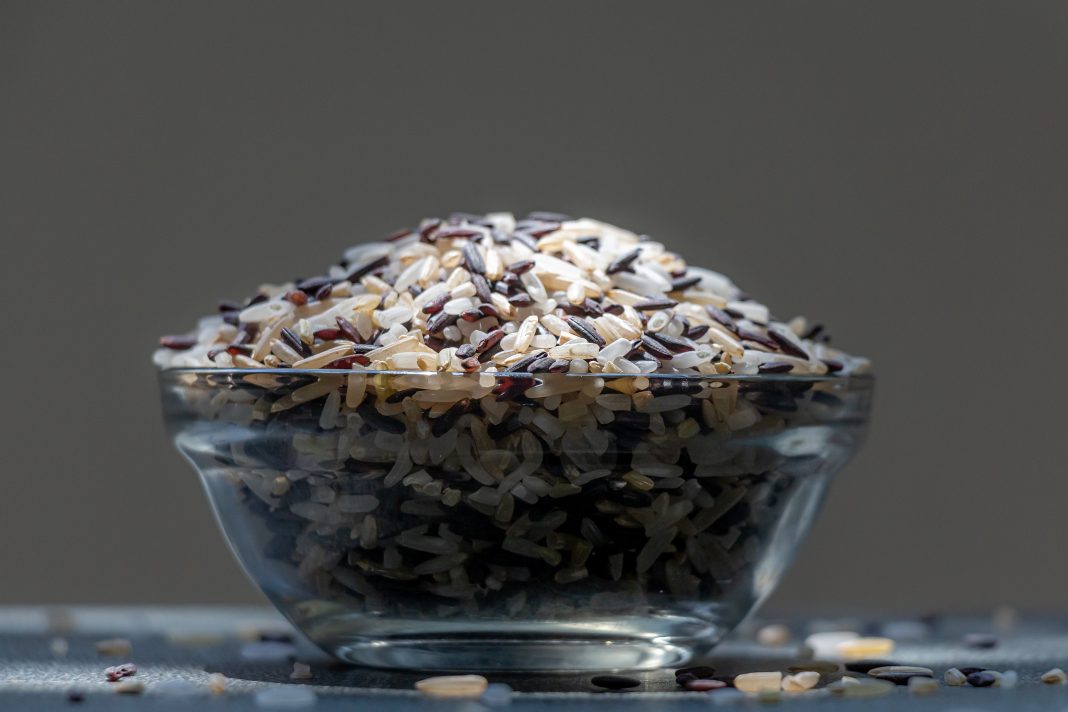Professor Apichart Vanavichit a Rice Genomic Breeding Expert at the Rice Science Center looks at diet intervention and therapy for the ageing population of Thailand to prevent disease
Thailand has rapidly become an ageing society, and the average age of the Thais will be 30 years older compared to 1975. As the elderly population increases, it is anticipated that there will be more incidences of non-communicable diseases (NCDs) such as obesity (OB), diabetes (T2D), and cardiovascular disease (CVD).
Notably, the prevalence of T2D has increased rapidly from 6.5% in 2015 to 10.7% in 2030 (estimated), with the most significant increase will be found among the elderly population (72%). In developing countries, NCD has become the most immense burden among the poor elderly whose life depends on their children. There are strong links between consuming high glycemic index foods, a sedentary lifestyle, and NCDs. So, developing lower glycemic index meals and changing lifestyles with diet intervention programmes are sensible solutions to slow down the prevalence of future NCDs.

Metabolic cohort established
In order to understand the impact of redesigned meals on NCDs among adults. The metabolic cohort (MBC) comprised 146 participants, including 24 % adult males aged between 37 and 60, following the screening of biomarkers, gut microbiota, fat mass, MRI-scanned visceral fat, and hepatic fat. The MBC was subdivided into obesity (OB), type-2 diabetes (T2D), cardiovascular disease (CVD), and chronic kidney diseases. To monitor the benefits of diet intervention, the MBC was served for three months of diet intervention and exercise programs compared to the no-intervention group. Tracking for the progress in biomarkers, body weight (BW), body mass index (BMI), gut microbiota, fat mass (FM), visceral fat (VF), hepatic fat (HF), and daily food records after 3 and 12 months at Siriraj Hospital, Bangkok, following the exercise and diet intervention programs compared to non-intervention (Figure 1).
Redesigned rice-based local meals with a low GI rice mixture
Redesigned from popular local dishes, personalised diet recipes were developed to meet medical restrictions, BW, BMI, food allergies, food restrictions, gender, age, and occupation. Because rice largely contributes more than 50% of energy in daily rice-based meals among Thais, a new mixture of intermediate to low glycemic index rice varieties were invented to control total daily energy targets of personalised diet intervention plans. We developed 3G rice, a three-way mixture of two soft-cooked whole grain intermediate GI rice varieties, the famous purple Riceberry, aromatic brown Hom Maliman, and the low GI Pink+4, fragrant white rice with high amylose content. The effects of 3G rice were compared with regular white rice (Figure 2).
Twenty-nine recipes were successfully designed to meet personalised, targeted total daily energy from 1000, 1200, 1500, 1800, and 2000 kcal (Figure 3). The medical restrictions were laid out by doctors and dietitians to limit the amount of sugar, sodium, and fat, including trans-fat, saturated fatty acids, and protein. Meal plans contained carbohydrates: protein: and fat equal to 45-50:20-30:20-30, respectively. Also, Na, Ca, K, and P were controlled at <2,000 mg, <1,200 mg, <2,800-4,500 mg, and <800 mg, respectively. To avoid repetitiveness, different menus within each category of medical restriction were rotated weekly by participants. The 3G mixed rice and well-designed meals were freshly made daily for early-morning home delivery to all patients for three months. Daily food consumption and exercise practices were recorded throughout. Participants were satisfied with the taste and nutritional quality of 3G rice-based meals. Exercise therapy for ageing patients Pliability, a new exercise program, was designed for the elderly to optimise muscle strength and flexibility by walking for at least 6,000 – 7,000 steps `daily with aerobic exercise programs. The MBC participants were grouped based on their BMIs into three degrees of obesity OB1, OB2, and OB3 for BMI 23-24.9, BMI 25-29.90, and BMI > 30, respectively. All participants were recommended 20-30 minutes of aerobic exercise and pliable programs designed for each OB group. The exercise therapy was monitored daily via a smartwatch for 1, 3, 6, and 12 months. The outcomes varied by the OB groups. The number of days required to reduce BMI to 23, the regular scale, is monitored for each group. For OB1, 70% of participants reached the normal BMI by 45 days, while OB3 required 180 days. In the worst case, 20% of participants needed 300 days to get a BMI of 23.
Outcomes of the diet intervention program
Compared with a regular diet, diet intervention was associated with a more significant reduction in BW, BWI, VF, and HF among adult cohorts. Nonetheless, patients who received new exercise intervention had fewer effects on BMI, VF, and HF but no difference in BW compared with routine exercise.

1. Thai Papaya Salad (Som Tum Thai),
2. Spicy Lemongrass Salad with Shrimp,
3. Fried Fish Cakes,
4. Fried Pork with Garlic and Pepper,
5. Pad Thai,
6. Stewed Fish Soup with Crab,
7. Benjarong Fried Riceberry Rice,
8. Roasted Herb Chicken with Vegetable Salad,
9. Crab Curry with Betel Leaves (Cha-plu), 10. Tom Yum Kung,
11. Sour Soup with Sea Bass Fish and Mixed Vegetables,
12. Gaeng Liang (Herb Vegetable Soup with Mixed Vegetables)
Specific gut microbiota for NCDs
Stools collected from MBC members were analysed for predominant microbial communities leading to a selection of high potency and disease- specific probiotics and providing precision diagnosis and treatment of different NCDs. Currently, 90 microbial isolates were identified from the stools collected from T2D and OB patients. Most of the microbial strains were coccus and rod-shaped, gram-positive bacteria. The identification of isolated gut microbiota will be accomplished using metagenomic sequencing. Furthermore, the hemolysis analysis of isolated gut microbiota between OB and T2D revealed exciting outcomes.
On the one hand, the gut microbiota isolated from OB contained 53:42:5 for Gamma: Beta: Alpha hemolytic bacteria. On the other hand, the isolated microbiota from T2D had 82:16:2 for Beta: Gamma: Alpha hemolytic bacteria. That is another exciting outcome from specific gut microbiota isolated from MBC’s OB and T2D patients.
Acknowledgement
This on-going project has been financially supported by the National Research Council of Thailand (NRCT).

This work is licensed under Creative Commons Attribution-NonCommercial-NoDerivatives 4.0 International.


